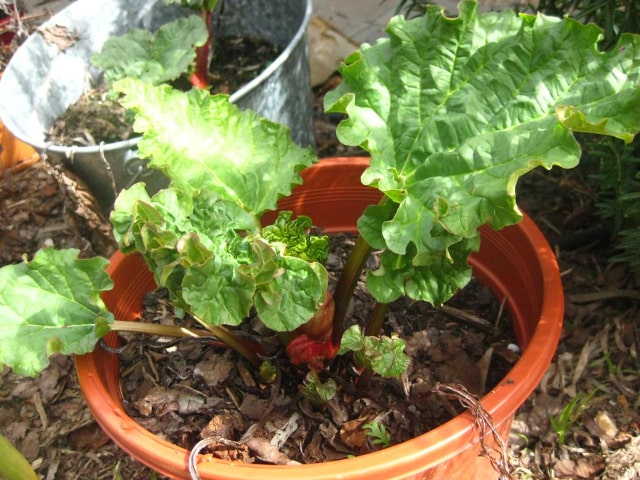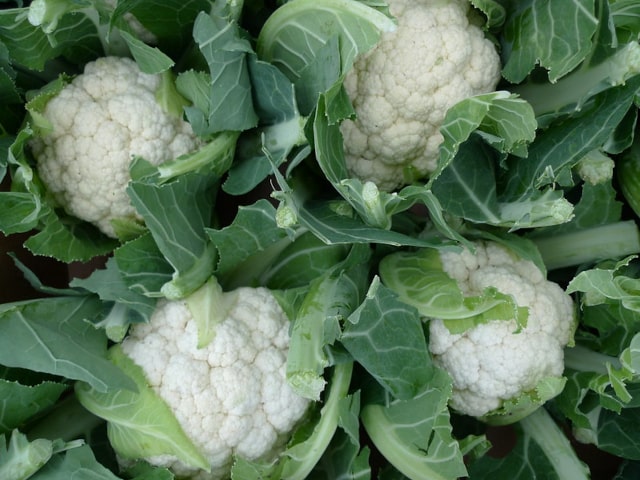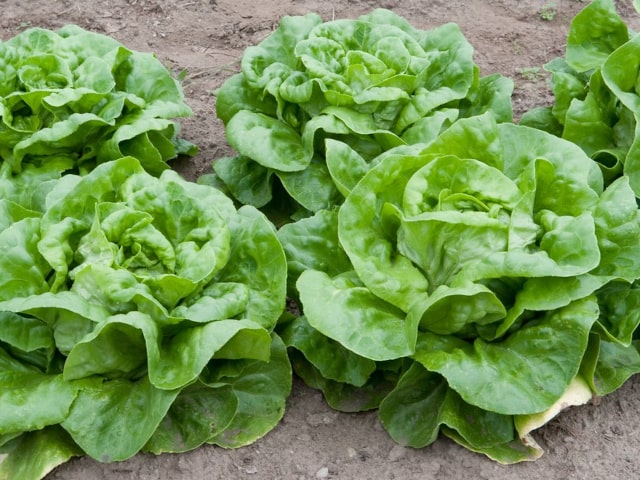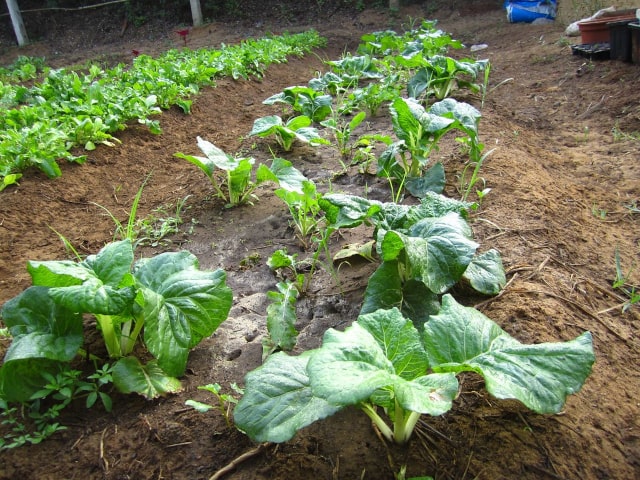
Rhubarb is a great plant you can use in many ways in your kitchen, and nothing feels better than fresh, organic rhubarb that you have planted all by yourself. Typically seen as a summer plant, many people choose to grow rhubarb in their gardens. However, this is not the only way to go. If you live in colder areas, or if you wish to enjoy rhubarb all year long, consider container gardening. You can grow rhubarb in containers without a problem. It is a great choice for those who wish to enjoy their plants throughout the year, and never to worry about the outside weather that might damage the plants.
Rhubarb is a member of the Polygonaceae family, and it is known for its red or reddish-green stalks. The stalks grow from the spring to early summer, sometimes mid summer, depending on the rhubarb family. The leaves of this plant are not edible - in fact, they can be toxic if consumed in large amounts, but the stalks are delicious.
You can grow rhubarb in containers even if you don't have much space in your garden. This is a great way to ensure a fresh supply of organic rhubarb for your pies and other recipes. Another great reason to grow rhubarb in containers is because it limits how much the plant can spread, which is not always possible to control in the gardens.
Keep in mind that rhubarb is a plant that dies down when temperatures are too hot, just like it dies down when temperatures are too low. However, when kept on temperatures around 80 degrees F, this plant thrives and goes into dormancy during the fall and winter months. In fact, rhubarb needs some chill for at least 6 weeks during the year, when the temperatures are between 28 and 49 degrees F. This improves the yield and makes the plants stronger and healthier.
Planting Rhubarb Plants
If you wish to grow rhubarb in containers, you will need an appropriate pot that is at least 20 inches tall and wide. However, if you are starting your plants from seeds, you should pick a container that is about 8 inches wide and 7 inches deep. You will later transfer your rhubarb into larger containers.
A container for growing rhubarb has to have proper drainage holes and a draining dish. You can se a regular pot with a layer of gravel or pebbled at the bottom. This will encourage drainage that will prevent waterlogging of the roots.
Before you plant, make sure to fill the container with a potting soil mix that has added some 10-10-10 granular vegetable fertilizer. Alternatively, you can use garden soil that is amended with some well-rotted manure or compost. Make sure to use potting soil that is rich in organic matter and that drains well. Remember, rhubarb likes soil that is neutral or slightly acidic.
How to Propagate Rhubarb Plants
There are 4 ways to propagate rhubarb: from a crown, through a division, with seeds or with a dormant bare root ball. Here are tips for each of the propagation methods you can use:
- Crown. You can use a rhubarb crown if you wish stalks to be ready for harvesting in the first season after planting. Remove the crown from its planter carefully, and set it inside of a 4-inch deep, 6-inch-wide hole in the potting soil. Make sure not to cover any part of the existing stalks or leaves with soil. Soak the plant and place it in a location that gets at least 6 hours of sun per day. Make sure to keep the soil moist but not soggy. Reduce watering over the winter months. Make sure to wait until the stalks are at least 10 to 12 inches tall, and harvest only then. Harvest only lightly in the first season: you should not take more than one of the eight or, at most, one quarter of the stalks. This will allow your plant to establish strong roots and be ready for more harvesting in the following season.
- Division. This is best to be done in the spring, when the plant is waking up from the dormancy, or in the fall, just before it goes dormant. Dig up the rhubarb root and cut it in half or, if it's large, into pieces. Plant each of the divisions in a separate hole that is about 8 to 10 inches deep. Make sure to plant with leaf side up. Cover everything except for the top inch of the root ball with soil. Also, make sure to leave the remaining stalks or leaves uncovered. Water properly and place it on a sunny spot. If you propagate your rhubarb plants through division, you will be ready to harvest in the following spring.
- Dormant bare root ball. This is very similar to division, and this is what a rhubarb plant is called when you buy it from a nursery. You will recognize it because it will typically have only one pale, dormant bud. Place it in a hole that is 8 to 10 inches deep, making sure to leave the bud exposed. Water properly and place it in a sunny, warm location. If you do this in the fall, the plant will stay dormant until the spring. This plant will be ready to be harvested in the following season, not in the first one.
- Seeds. You can germinate the seed and start your rhubarb that way. Soak the seeds in warm water for at least two hours before planting, to speed up germination. You should start seeds indoors about 3 months before your areas' last frost date. You can start seeds in little starter trays. Make a hole about the size of your fingertip, that is about 1 inch deep, and drop one seed per hole. Lightly cover the seed with soil. Give them some gentle but proper watering. You should expect seeds to germinate in about a week to two weeks. After about three weeks, the seedlings will be ready to be transplanted into a larger container. Make sure to place the seedlings into a spot that gets at least 6 hours of sun per day. Make sure to keep the soil moist but not waterlogged. In the spring, you can transplant them into the garden or continue growing them in containers. Just make sure to transfer them to a proper larger container where they can grow properly.
Caring for Your Rhubarb Plants
Once they are stablished, it is very easy to take care of rhubarb plants. Just make sure to keep them in a sunny place, and to ensure the soil is moist but not waterlogged. If you grow rhubarb in containers, make sure that the plants are not dehydrated - add some watering as soon as the soil is starting to get a bit dry.
It is also a good idea to add some mulch around your rhubarb. Ideally, it should be shredded bark, compost or wood chips. This will help the soil retain moisture. Just make sure not to have mulch touch the crowns - you should keep the mulch about an inch away from the stems of the plants.
Also, remember that in late fall, after harvest, the rhubarb plant will die back and remain dormant in the winter. It will need some chilly temperatures for at least six weeks, so make sure to move the container into the basement or another colder spot in your home.
Photo credit: Fiona Moore




0 Comments